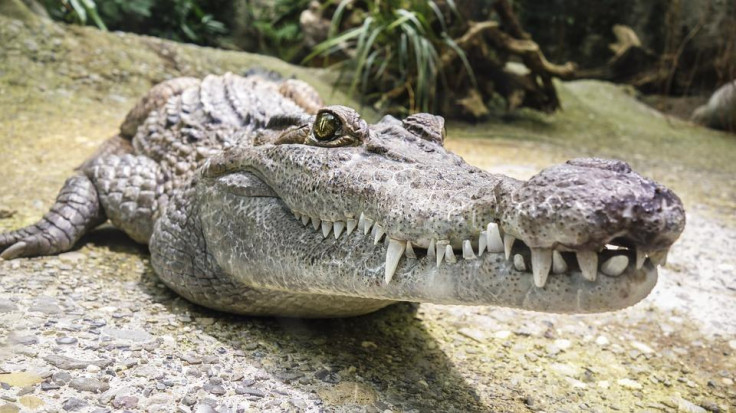Villagers capture crocodile to slit open its stomach believing it had swallowed a boy whole
The boy's body was found floating in the Chambal River the next day.
Villagers in the Indian state of Madhya Pradesh captured and tied up a 13-foot crocodile which they believed had swallowed a 7-year-old boy whole. The bizarre incident was reported from Raghunathpur village in Sheopur district on Monday.
The boy, Antar Singh, had been out swimming in the Chambal River with his friends when he disappeared. The villagers insisted that the boy had been attacked by a crocodile and started a search for it. Dozens of villagers swam into the river and captured the reptile using nets. They brought it out of the water, tied it up and used a stick to prop open its jaws.
They believed that the reptile had swallowed the child and even called out his name in the hope that he was still alive inside the crocodile's belly, according to a report in the Times of India.
They Thought Crocodile Swallowed Boy. This Was Their Plan To Retrieve Body https://t.co/XlFehrYxr7 pic.twitter.com/t1maJD2vD2
— NDTV (@ndtv) July 13, 2022
The villagers wanted to slit open its belly, but forest officials somehow managed to stop the villagers from doing so, and released it back in the water away from human habitation.
"This crocodile was turning into a man-eater. It had made similar attacks earlier also. It has killed and devoured several cows. This time we have released it far away from human settlements," Raghunathpur police official Shyamveer Singh Tomar was quoted as saying by ToI.
The boy's body was found floating in the river the next morning, and was taken to his family's home for his last rites. According to police, the boy's body had deep wounds suggesting that he had been attacked by crocodiles.
The Chambal River is home to hundreds of crocodiles and the frequency of attacks has increased in the last few months.
The area where the attack occurred is part of the National Gharial Wildlife Sanctuary spread across 5,400 km² in three states. It is home to the critically endangered gharial.
The incidents of animal-human conflicts have become much more frequent in the region due to the destruction of their habitats and proximity of human settlements.























